J-10C: "Falcon" with "three pluses" and the headache of Western aviation corporations. At the gate of the 5 generation
Delving into the details of the development of sketches, layouts and digital models of promising Chinese supersonic YH-X strategic rocket carriers, unique ultra low-noise shock MAPL 096 Type with internal water jet propulsion and various versions of heavy tactical fighter 5 of the J-20 generation, we have less often turned to actively developing J-10A / B, a multi-purpose light aircraft fighter upgrades program of the Chinese Air Force, which, following the integration of new powerful airborne radars with AFAR into the MSA, are already beginning to acquire a fighter configuration next generation teley. All innovative solutions are embodied today in a fundamentally new version of the Swift Dragon - J-10C. The appearance of the airframe and the “stuffing” are so close to the 5 generation that Chinese bloggers have already rushed to compare its likely combat potential with the American F-22A “Raptor”, but whether such comparisons are justified by anything, we have to find out in our review.
To begin with, it’s worth remembering the pedigree of the most advanced serial Chinese LFI. The development of a single-engine fighter, which had been planned since 1984 to replace the obsolete and technically obsolete J-6, J-7 and Q-5, gained full speed in 1987, when the Israeli concern IAI (Israel Aerospace Industries) handed over all the technical documentation by the experienced tactical fighter "Lavi" corporation aviation Chengdu Aircraft Industry (Group) Corporation, CAC, which brought to its logical conclusion the Israeli program to finalize the redesigned version of the multi-purpose F-16A / C. In 1986, IAI had to curtail work on the Lavi project, since a new modernized glider and the installation of a more powerful power plant would leave the American Falcon far behind in comparison with the brainchild of an Israeli corporation: the competitiveness and prestige of General Dynamics technologies suffered , and from the States began serious pressure. IAI handed over documentation of the Celestial Empire in an atmosphere of complete secrecy, as there were fears of deteriorating relations with Washington. And already in 1993, CAC made the first purge model of the future J-10A, which very much resembled a Lavi glider, with the only difference being that the Chinese glider had no sweep at the trailing edge of the wing, and the PGO was moved farther from the center of mass aircraft (closer to the bow), there is also a large area of the rear vertical stabilizer and the square shape of the air intake (the Lavi has an oval air intake, like the F-16A family). The front horizontal plumage contributes to better maneuverability at critical angles of attack, and also increases the angular speed of a turn in close air combat. Even the wing area and empty mass of the J-10A and Lavi are the same (33,05 square meters and 9900 kg, respectively). All parameters are very close.
Notice that the Americans were not afraid to fear entering the Young Lion arena (in Hebrew. Lavi), since the advanced fighter not only could seize the initiative from F-16C in terms of maneuverability, but also outpaced the American Falcon in combat range PTB, constituting 2130 km (in Israeli F-16I “Sufa” - 1500 km, and in F-16C - a little more than 1000 km). This could have a negative effect on the contracts concluded between General Dynamics (now Lockheed Martin) and the Ministries of Defense of the Arabian Peninsula, which would prefer a more long-range Israeli machine; And contracts with Hel Haavir on F-16A / B / C / D / E could be lost. And today they mean serving in the Israeli Air Force more than 300 of the above modifications of the American fighter, help in their service from the "Lockheed", and hence the direct dependence of Hel Haavir on the American defense industry. Complicating Israel’s position is also the signing and commencement of the contract for the purchase of 33's American low-profile X-NUMX F-generation F-5I fighters.
Like Lavi, the serial Chinese J-10A from its very first flight, 28 held on June 2002, belongs to the 4 + generation thanks to the established Pearl radar, which operates on both air and sea / land targets. With an average price of 25 million dollars, the Chinese LFI has the highest aircraft performance characteristics achieved with the installation of the Russian TRDDF AL-31F from NPO Saturn. Traction in 12500 kgf maintains thrust with normal take-off weight within 0,95 — 1,0, which raises maneuverability to the level of “Rafale” and “Typhoon”; a high angular speed of turning in roll and pitch is provided both on the “verticals” and on the “horizontal lines”. The maximum and afterburner midships are 1600 and 2575 kgf / sqm, respectively, which makes it possible to achieve supersonic cruising (around 1,15М) without suspensions, and also to pick up speed from 600 to 1200 km / h significantly faster than F / A-18E / F "Super Hornet".
The high aerodynamic quality coefficient of the airframe (10,3 units) is even higher than that of Rafal and F-15C / E / SE and is at the level of the MiG-29С / СМТ and MiG-35. Here it is a matter of the airframe of the airframe and the type of wing layout: the low-lying triangular wing forms almost 100% of the airframe of the airframe, where the slightly convex part of the airframe also has bearing qualities (the most accurate example of this design is the French multi-purpose fighters Mirage-2000C / -5 / -9 ”with unique“ agility ”in the BWB, which was confirmed in the battles of the Greek“ Mirage ”with the Turkish“ Falcons ”over the Aegean Sea). The effective scattering surface of J-10A is 2,8 sq. M., After using radio-absorbing materials in the design, this number can be reduced to 1 sq. M. m
The ventral tail aerodynamic ridges-stabilizers maintain a stable flight at high angles of attack. J-10B is a machine of a completely different “sort”; to the “four” you can safely add “two pluses”. The fighter received a new Chinese engine WS-10A (with a weight of about 14200 kg), but at least its resource is less than that of the “Saturn” AL-31F, which increased by 14% the thrust of the J-10A version described above. Radar AFAR allows you to engage in long-range air combat with such machines as the deck Super Hornets, the Japanese F-2A / B and the South Korean F-15K, to perform terrain mapping and detection of sea / land targets in the mode of the synthesized aperture, and also effectively intercept precision weapon. An air intake with variable geometry, called a vortex-forming “canine”, makes it possible to further reduce the ESR of the J-10B, but the most important changes occurred in the J-10C project, which is the main character of our review.
Back in January, 2013, an interesting publication on the development of generations of the J-10A / B line appeared on baomoi.com. It contained 4 computer images of a promising multipurpose fighter with a predatory "shark" appearance, not similar to any of the existing generation of fighters "4 ++" and "5". On the images it is clear that the airframe of the new machine should be assembled according to the “duck” scheme with the type of wing arrangement “sredneplan”, you can see the usual all-round CGT, one vertical stabilizer and two ventral ridges. The influx at the root of the wing is characterized by a smooth aerodynamic transition, directly in front of which are the rear edges of the wall plane. The forward horizontal tail itself is installed very close to the wing to create a single glider carrier plane without loss and disruption. The radar nose radome radome is maximally narrowed, which indicates a possible AFAR installation with a certain angle of inclination of the blade relative to the longitudinal axis of the fighter (from 25 to 35 deg) for maximum reduction of the radar signature. If we proceed from the assumption that J-10C was created to perform tasks to achieve air superiority, then the AFAR is tilted with a sheet in order to reduce the visibility of the enemy fighters and airplanes for airborne radar systems.
Here the question may arise: what is the sector of the review for this onboard radar in the upper hemisphere (for the enemy fighters and interceptors of the enemy already approaching)? Indeed, near targets with such a position of the radar mirror may not be detected. Here, a huge role is played by the optical-electronic sighting system of the national Chinese development, similar to our OLS-35, which is installed in front of the cockpit lamp. Chinese experts claim that the detection range of this OLCK is 40 km to the front hemisphere and 100 km to the rear hemisphere (by infrared luminescence of the engines). Also, a TV channel of the visible range with a high-resolution matrix capable of detecting and capturing target silhouette. In this case, the idea of inclining the AFAR web is very reasonable. At one time, it was successfully embodied in the multi-mode airborne radar with AN / APQ-164 PFAR American strategic missile B-1B “Lancer” bomber.
Now about the "shark" appearance J-10C. Here, with the same goal of reducing radar visibility, the developers at CAC preferred to return from a large rectangular air intake to a smaller oval. But its edges and the front part of the air channel are not projected on 20 cm from the bottom of the pilot's cabin, as is done in J-10A, but mated with it, which ultimately reduces the midsection of the fighter and X-ray visibility. Adjustable air intake allows you to maximize the power of the WS-10A "Taihang" engine and its modifications at both subsonic and high supersonic speeds. To reduce the visibility, the J-10C has a “smoothed” triangular cross section of the nose of the fuselage, a large percentage of composite materials among the non-force elements of the airframe, as well as the absence of SPO, EW and other sensors that project from the airframe, including pressure sensors. Everything is hidden in the miniature holes on the fighter's glider. Mass-overall dimensions only slightly exceed the performance of “Mirage-2000-9”, which, with the new TRDDF, contributes to highly efficient close combat with energy maneuvering, as well as high rate of climb (up to 290 km / h). On the background of the fuselage stands only a non-removable bar of the air refueling system.
The multi-purpose fighter J-10C can be freely attributed to the generation of "4 ++", and after installing the conformal weapons bays, you can add another "+", since the machine is partially already in the 5 generation. This is indicated by the very compact underwing pylons of the rocket-bomb armament suspension. But can J-10C effectively withstand modern Western fighters of the transitional and 5-th generations?
J-10C IN THE DISTANCE AND NEAR AIRBORTS AGAINST PERSPECTIVE AVIATION COMPLEXES
Chinese bloggers admire that the air confrontation between J-10C and F-22A could be 1: 3 in favor of the American fighter (for J-10A, this ratio was negligible 1: 50). In the same turn, no weighty reasons are given, which makes us consider the essence of the issue in more detail. Considering the inclined AFAR sheet and a small cross-sectional area of the nose fairing, the promising Chinese radar will be able to detect a target with an 0,07 EPR at a distance of no more than 100 km, Raptor will detect a J-10C (EPR around 1 and 2) at an XNUM removal —200 km, and from a distance of 220 — 150 km can already release a pair of AIM-180D AMRAAM on it (even in the REP conditions). If the launch will be made in the “LPI” mode or by target designation, then J-120C will be able to detect the attack only when ARGSN AIM-10D is captured. There will be no time left for scanning the airspace of the Chinese pilots: they will be forced to perform an anti-missile maneuver. During this time, the range between the J-120C and the F-10A can either decrease to less than 22 km, or remain the same if the American pilot chooses to tackle the enemy, relying on the more powerful AN / APG-100 radar, and keep his car more than 77 km from J-120C. If the fighters go closer, the situation will begin to change dramatically towards the J-10C: at a distance of 10 — 90 km, the Chinese pilot will be able to use the PL-100C or PL-12 long-range air combat missiles. The first is equipped with ARGSN and has a range of 21 km, the maximum overload in 70 units. allows you to intercept any targets with overload up to 38 units. A very important fact is the installation of ARGSN based on the Russian 12B9 installed on the Р-1348 (РВВ-АЕ) missiles, its effectiveness and noise immunity remains at a very high level. The second is a long-range air-to-air missile with ARGSN. PL-77 is the Chinese version of the MBDA “Meteor” rocket, and therefore is equipped with a ramjet engine, which accelerates it to speed in 21М at maximum range in 4,5 km.
At medium ranges, there is about a 50% chance that the Raptor will be destroyed by the above missiles, but in the "dump for dogs" fortune again goes to the F-22A. The Raptor is equipped with 2 Pratt & Whitney F119-PW-100 engines with a total thrust of 31752 kgf and a pitch vector of thrust. This provides a thrust-to-weight ratio of 1,2, limiting angles of attack up to 60 degrees, as well as the ability to perform some super-maneuverability elements, one of which is the Pugacheva Cobra. In close combat, this makes it easy to "twist" even the hyper-fast "Rafale", which was confirmed by the video of the training battle, posted on "Youtube". The J-10C, not equipped with an OVT, is no exception. The only thing that the Chinese pilot can do is use a helmet-mounted target designation system synchronized with the OPLK, as well as with the IKGSN of the PL-9C short-range missile. This missile has a great chance of intercepting the Raptor in the BVB, since its G-limit can reach 40 units. But the Raptors will soon receive a helmet-mounted target designation system called HMD (“Helmet-mounted display”), which will issue target designation to the IKGSN of an equally advanced AIM-9X missile, so the superiority of the F-22A is obvious. So the Chinese predicted score is almost true, but as the comparison shows, it could change even more in favor of the Raptor, depending on the auxiliary radar aerial reconnaissance that the US Air Force will have. Another thing is the US Navy carrier-based aircraft, other 4th generation fighters, as well as the F-35A / B / C. Here J-10C will be able to show all its best qualities.
As is known, the deck F / A-18E / F, which is the main air component of the US AUG, is considered by the PLA command as the main tactical threat of a non-nuclear character coming from the United States. Against the Tomahawks, the PRC's air defense will easily find the answer in the form of dozens of C-XNUMPPMU-300, C-1 and HQ-400 divisions, but against manned X-NUMX-9 fighter jets, similar resistance is necessary because these multi-purpose machines , and only one squadron can be divided into 400 units performing completely different functions (from closing the airspace over the theater to suppressing enemy air defenses or destroying the airfield runways). J-500A to counter US F / A-3E / F over the South China and East China Seas are no longer completely adapted.
Their on-board radar "Pearls" are equipped with a slit antenna array (SCHAR), which detects the "Super Hornet" at a distance of about 60 km (EPR = 1,5 m2), but the American fighter will detect the J-10A at a distance of 170 km and can immediately fire AIM-missiles 120D. Now suppose that J-10A was able to approach F / A-18E / F on 55 km; here the capacity of the radar complexes of opposing aircraft begins to play a role. “Pearls” have 20 channels for “linking trails of targets” and the entire 4 channel for “capturing” (shooting), for AN / APG-79 28 and 8 channels, respectively, plus several times better noise immunity. How not to twist here, the Chinese pilots find themselves in a very dangerous situation, which only the new J-10C can really correct.
These aircraft will be able to specifically change the balance of power in the region. The range in 1000 km will ensure that any air operations are performed within the first frontier of the “three chains” concept developed by the PLA. This is where air defense is required from the deck fighters of the United States, as well as the air forces of Taiwan and Japan. J-10C can be opposed by the future deck F-35B / C: the speed, acceleration and maneuverability of the new “Swift Dragons” are much higher than those of any American deckers standing on board: safety at the nearest approaches will be guaranteed.
Work on a promising project J-10C is not accidental. The Chinese Air Force needs to fill the low-tech 250 J-10A niche with modernized fighters and 5 generation fighters J-31 as soon as possible, and their number should exceed 250 aircraft, because all the “Drying” and their Chinese counterparts J- 11B and J-15S will perform more focused functions.
In particular, after replacing the H001VEP radar with more advanced stations with PFAR and AFAR, “Drying” together with J-20 will most likely be formed into specialized mixed aviation regiments, whose tasks will include air defense from American F-22A and even more subtle promising Japanese ATD-X "Shinshin" fighters. So, to detect the latest Chinese Air Force may require the most powerful radar type "Irbis-E", the reason for which was the information on the EPR of the new Japanese aircraft, which is about 0,04 m2; for J-10C, these planes will be virtually inaccessible. J-20 will provide anti-ship defense against US AUG on medium approaches, as well as scoop J-STARS and E-3C reconnaissance aircraft of the new generation P-8A from the future air defense system of China, as well as long-range anti-aircraft of the new generation P-2000A. Poseidon. Due to the large radius of action with PTB (about 11 km without refueling), J-15B, J-20S, J-35 and Su-20S be involved in escorting heavy military transport aircraft Y-2000, developed stealth strategic bomber YH-X, DRLOI aircraft KJ-8, as well as new anti-submarine patrol aircraft Y-6GXXNUMX.
In the face of increasing US pressure on the PRC, as well as attempts to dislodge the geo-strategic basis of influence in the APR by militarizing the region, Beijing is forced to develop increasingly sophisticated strategies to counter these threats, the most important link in which will be the correct target distribution available in the Air Force "Sushchek" and promising J-10C.
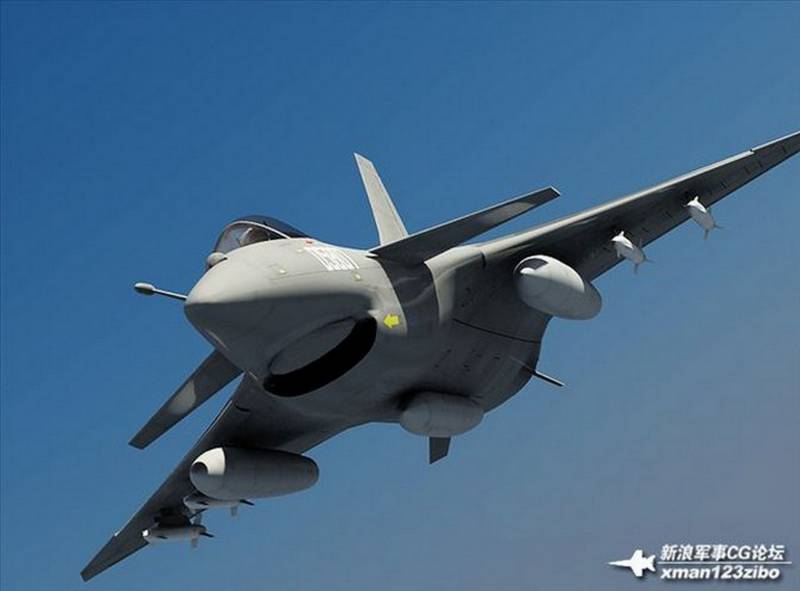
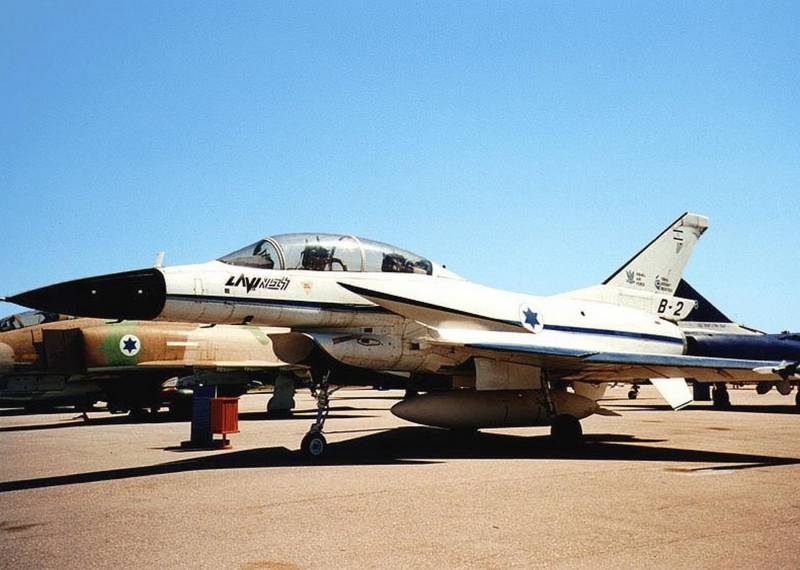
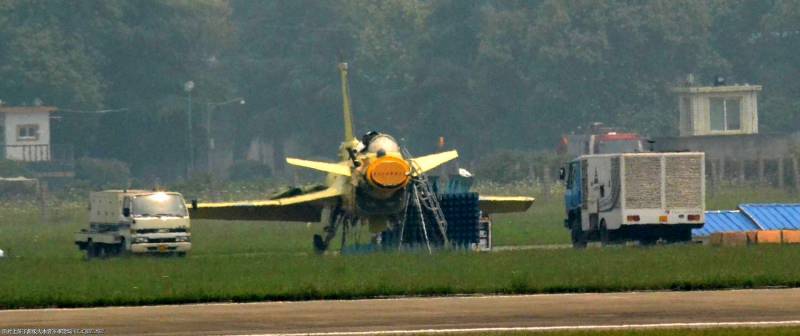
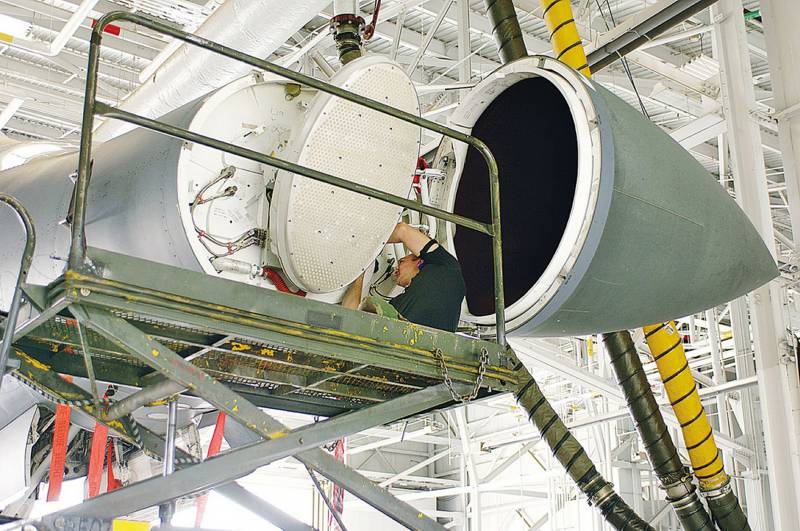
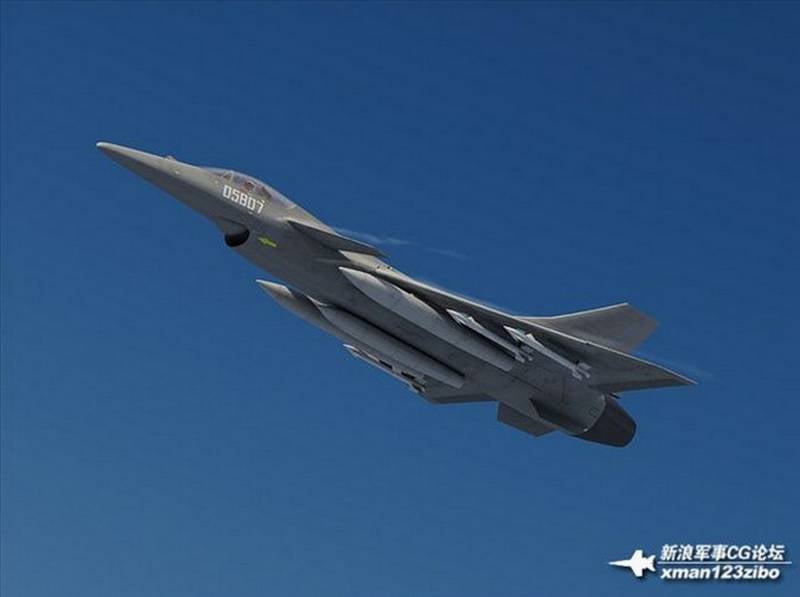
Information